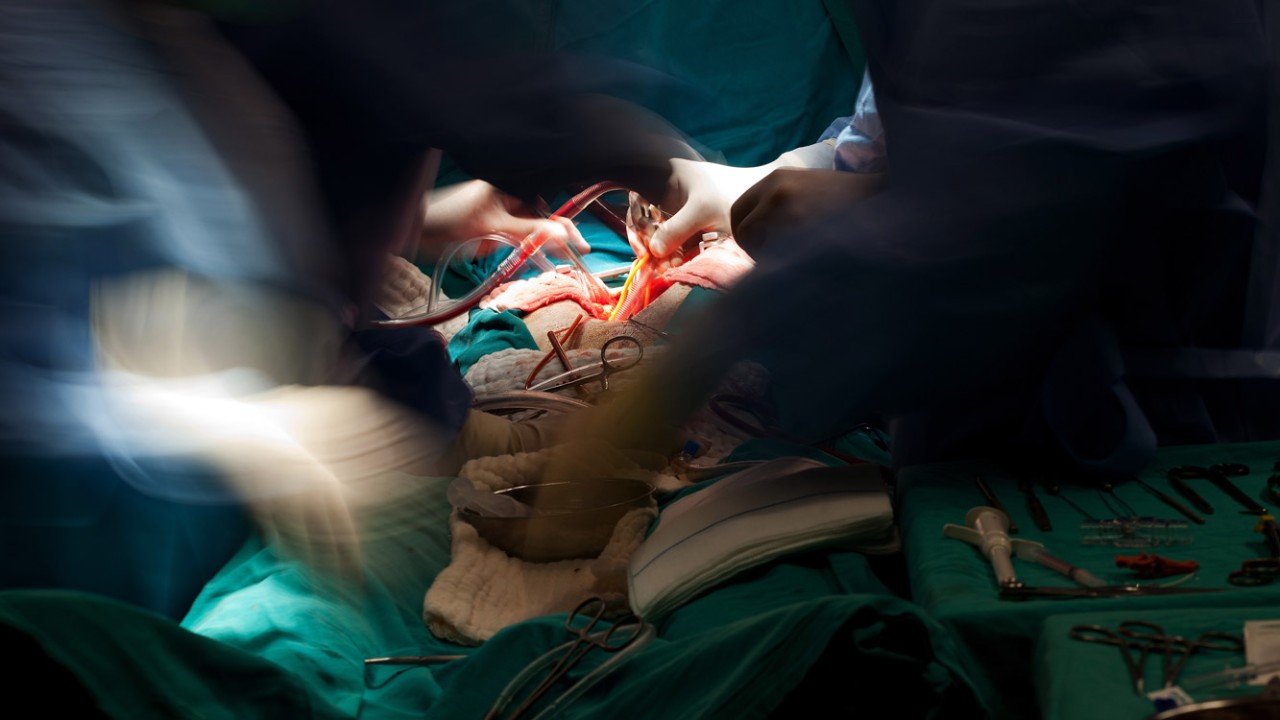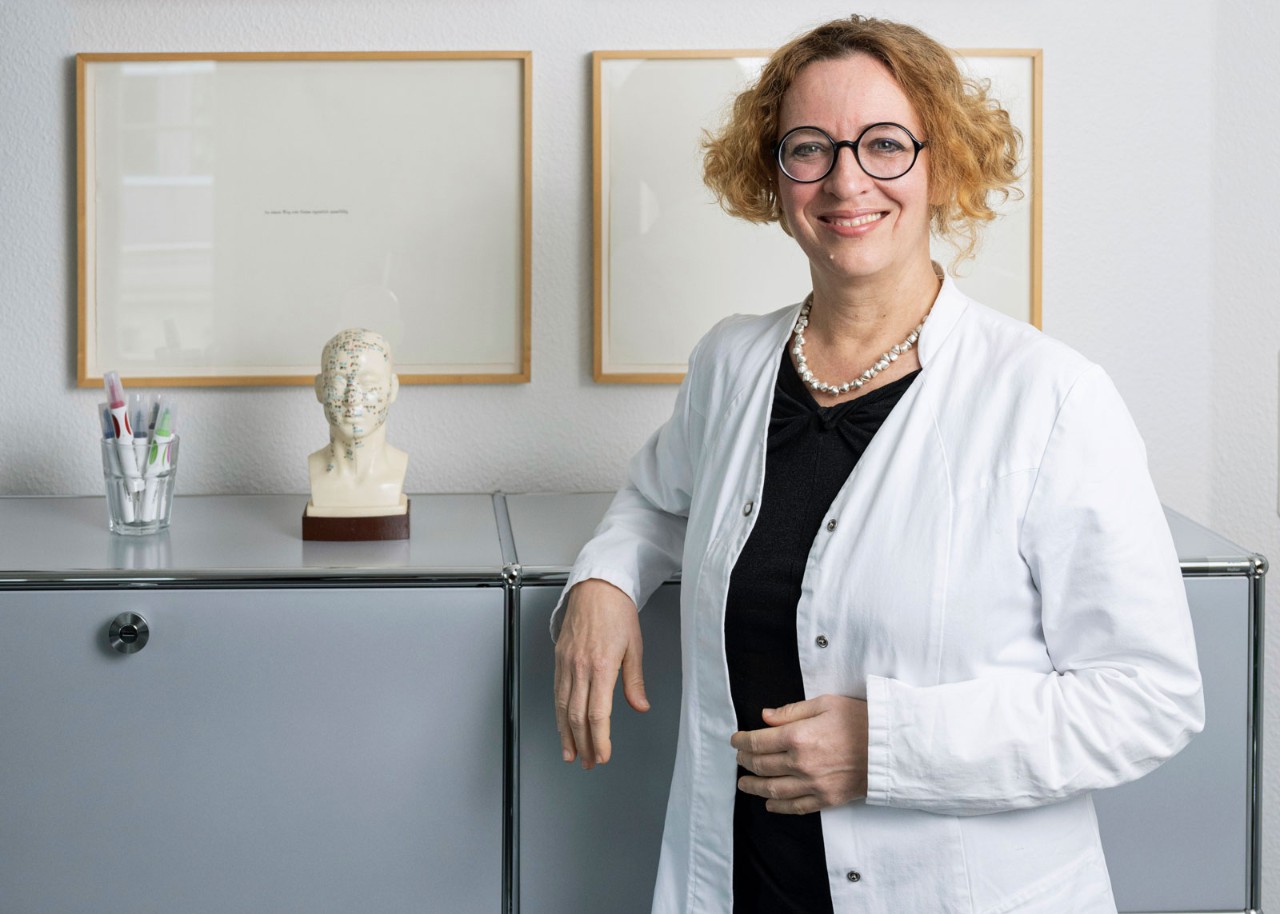50 years of artificial heart research
The heart is a sophisticated organ that keeps all the other parts of the body in motion. Because it can fall ill despite its ingenuity, doctors are researching artificial hearts.

First artificial heart implanted
On April 4, 1969, an artificial heart was implanted in a human for the first time. The 47-year-old patient received an implant made of polyester and silicone at the Texas Heart Institute in Houston, which was connected to an external compressor via tubes leading out of the body. 65 hours later, the artificial heart called "Liotta-Cooley" was replaced by a healthy natural heart. The patient died a short time later.
Artificial heart made of polyurethane
The "Jarvik-7", named after its developer Robert Jarvik, is considered the first permanent heart implant. It was a polyurethane heart, which was also connected to an external compressor via hoses. At the end of 1982, "Jarvik-7" was also used for the first time in the USA by a retired dentist. However, he only survived for 112 days. Two years later, a patient lived with the artificial heart for 620 days before succumbing to a stroke.
First wireless artificial heart
In 2001, the first "wireless" artificial heart was developed with "Abiocor I". It contained batteries that were implanted and charged through the skin. However, because "Abiocor I" was the size of a grapefruit, the artificial heart did not fit into the chest of many patients and was therefore not successful.
Dream of a reliable mechanical pump
Since 2013 and the launch of the "Carmat" artificial heart developed by French heart surgeon Alain Carpentier, the human dream of being able to permanently replace a tired heart with a reliable mechanical pump, which was at least partially realized with "Jarvik 7", has gained further momentum. The 900 gram, 750 cubic centimeter high-tech pump works with diaphragms. Driven by an electric motor, these move back and forth, propelling the blood through its pathways. The pump membranes are coated with biomaterial made from bovine tissue, which is intended to minimize the risk of blood clots.
Artificial heart made of silicone from the 3D printer
However, leading heart surgeons still consider this risk to be quite high. Researchers are therefore continuing to work on new artificial hearts that come even closer to our real hearts in terms of their structure and function. An ambitious project for a new artificial heart made of soft silicone has been underway at ETH Zurich for five years, using the latest digital technologies and 3D printing. In a few years' time, the history of artificial hearts could be enriched by a revolutionary chapter.








